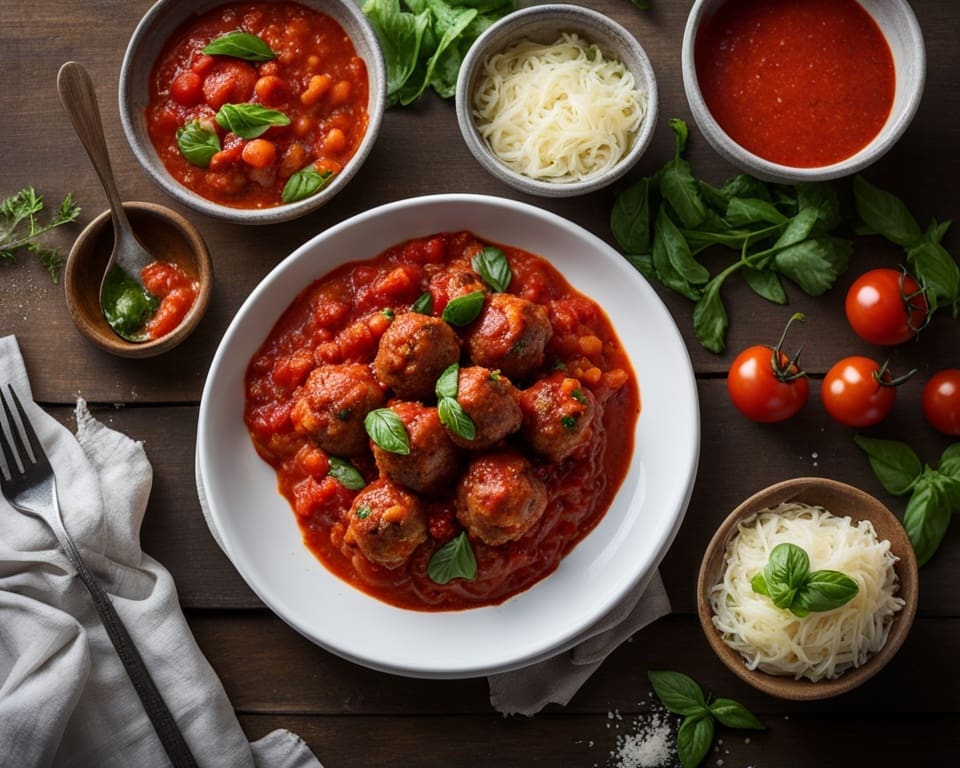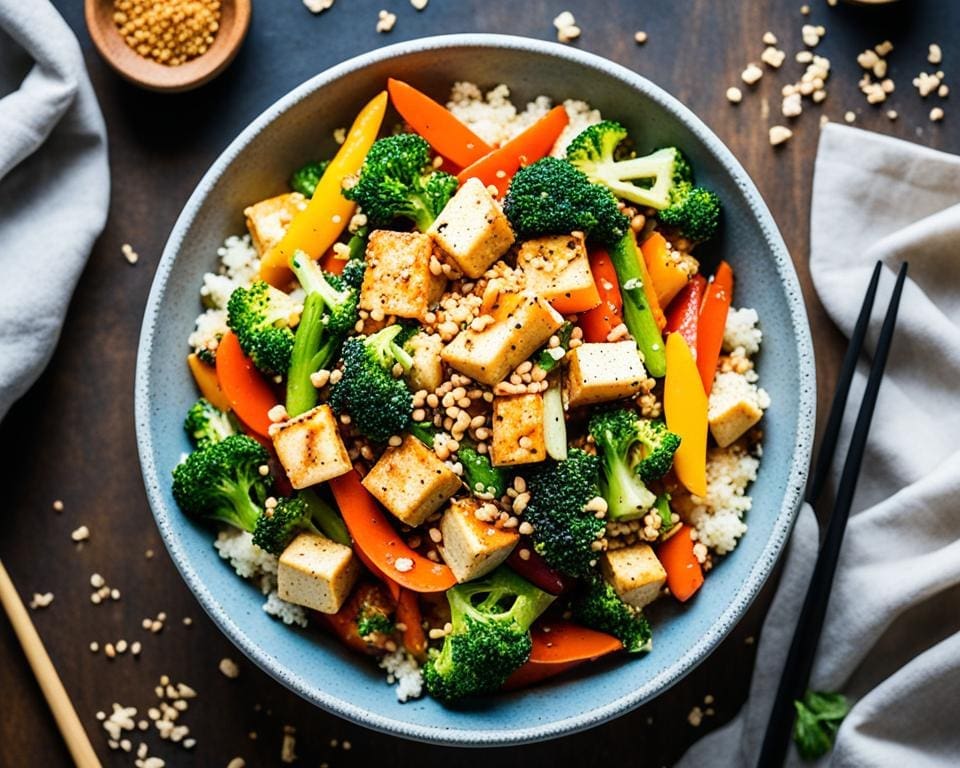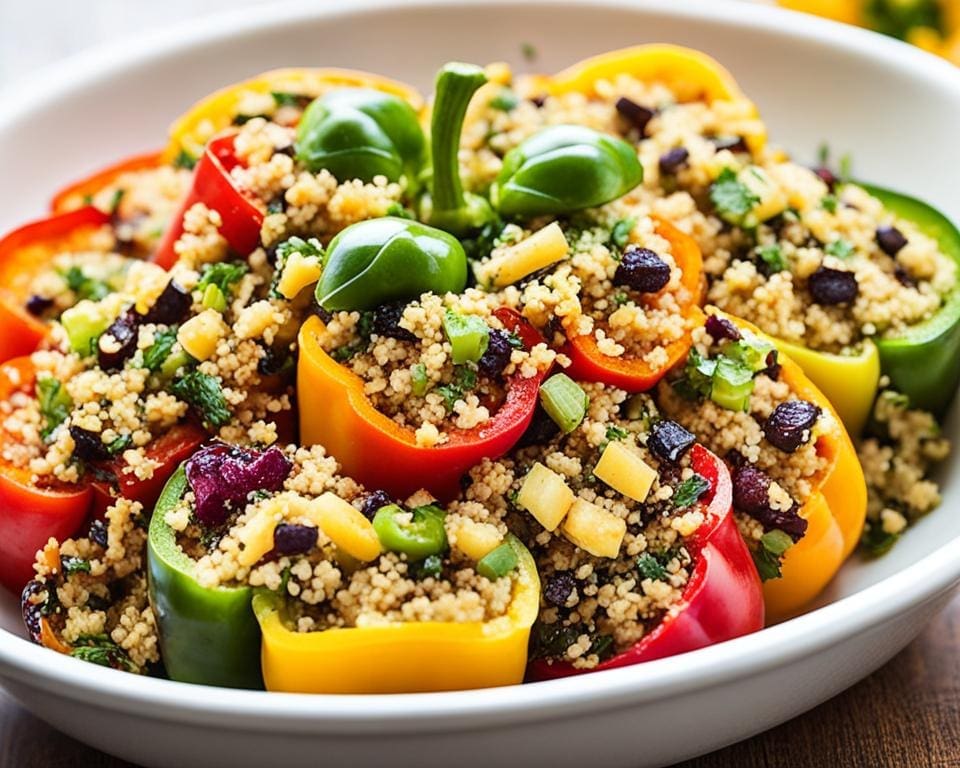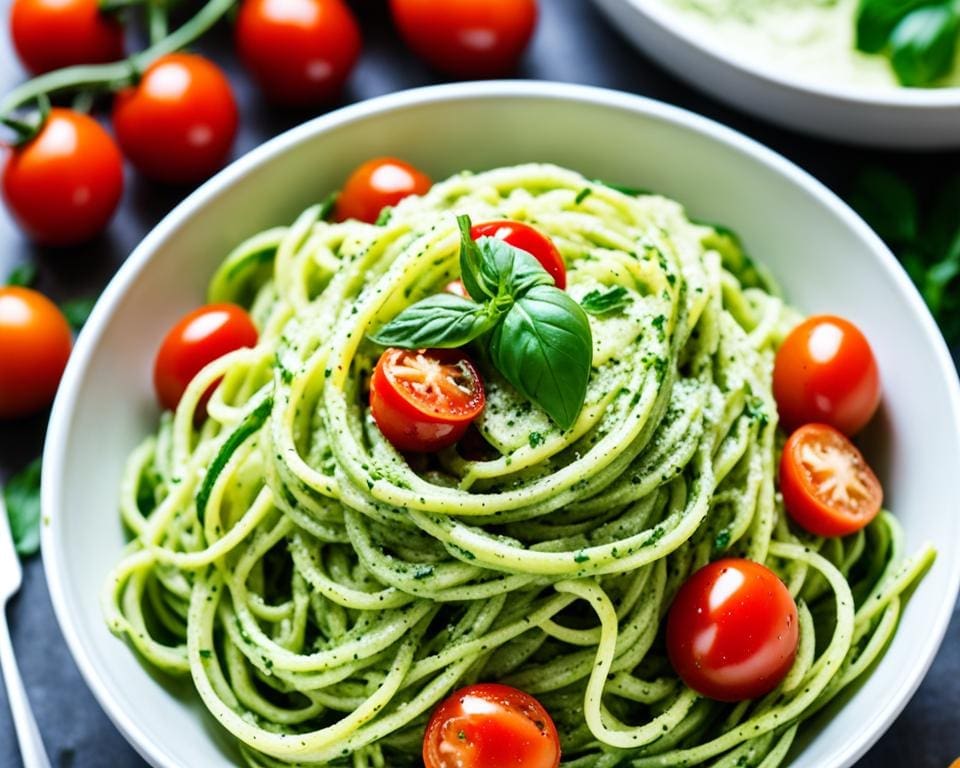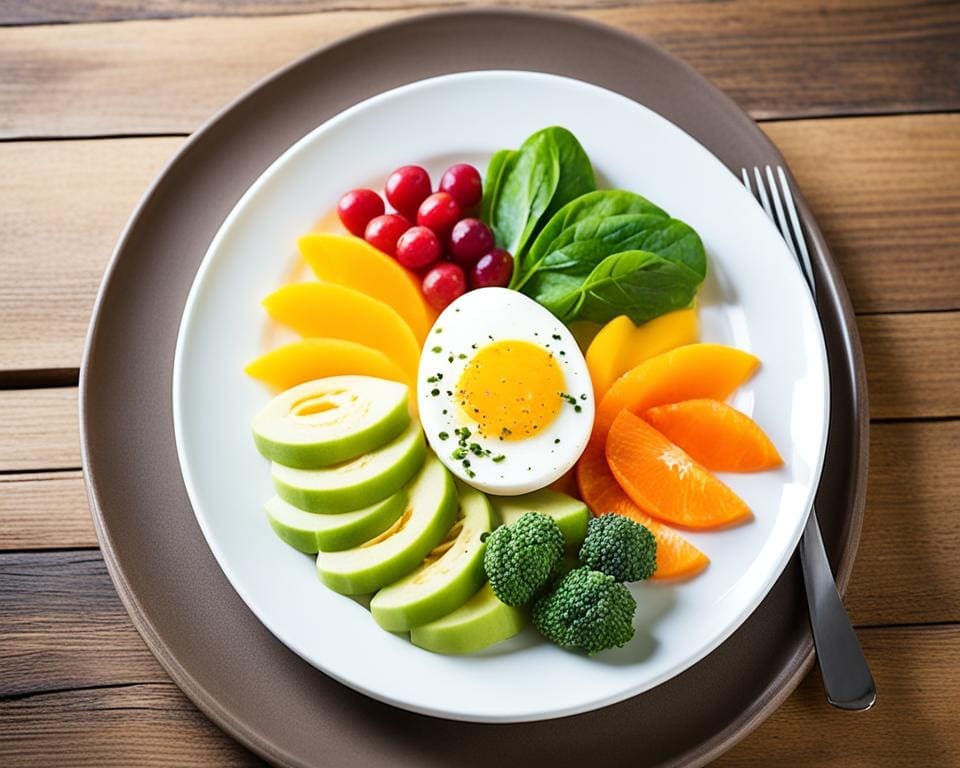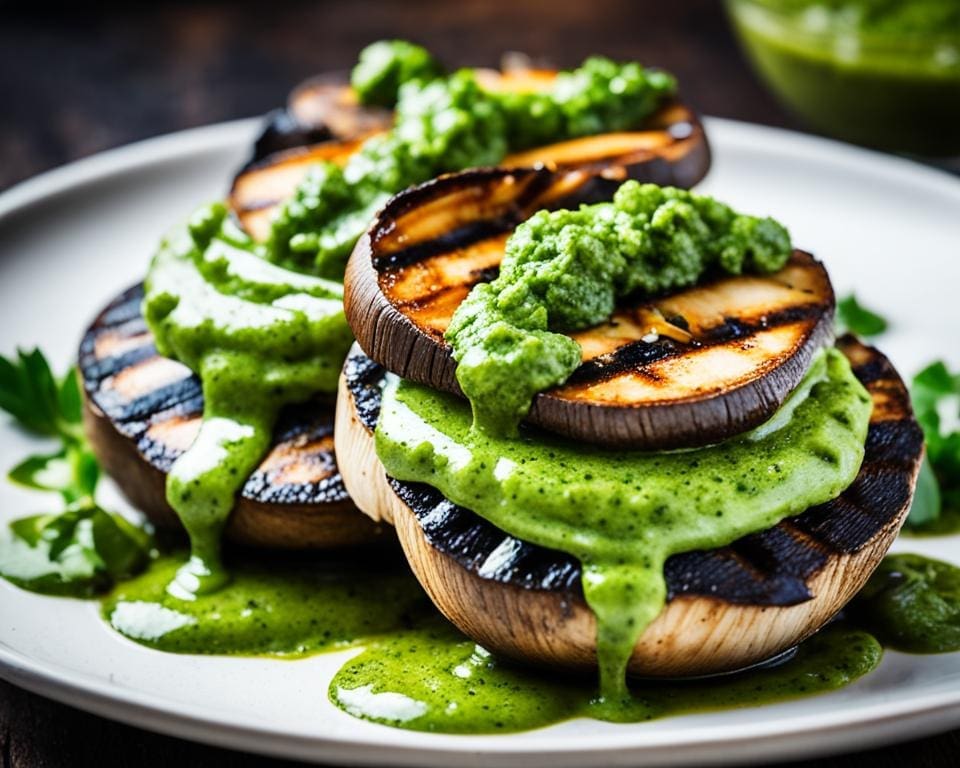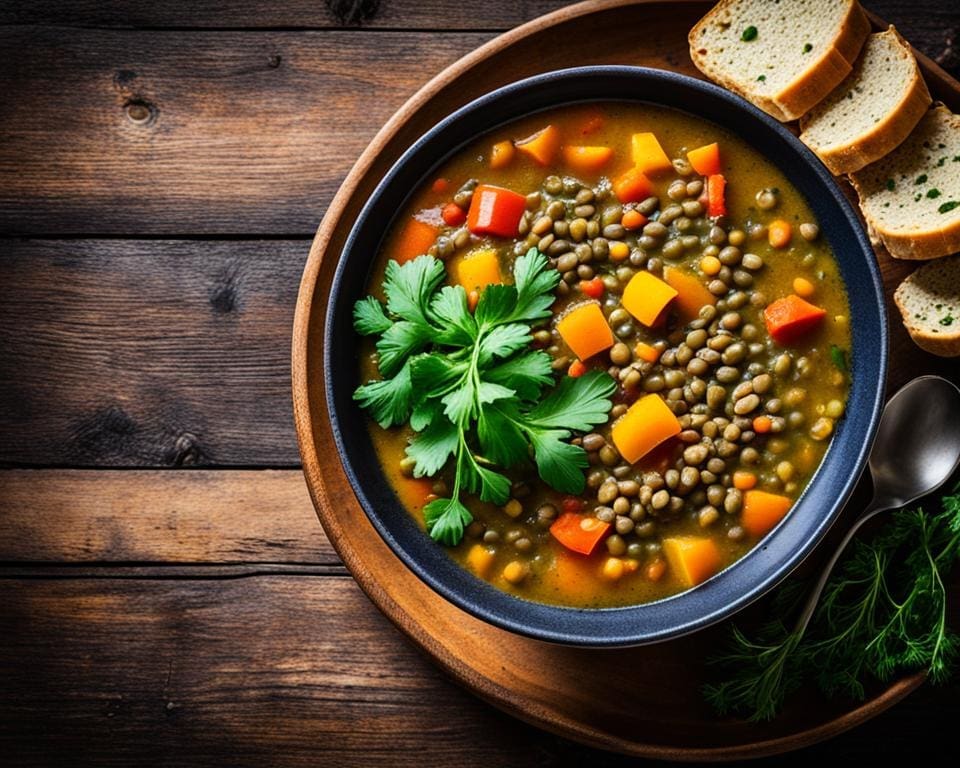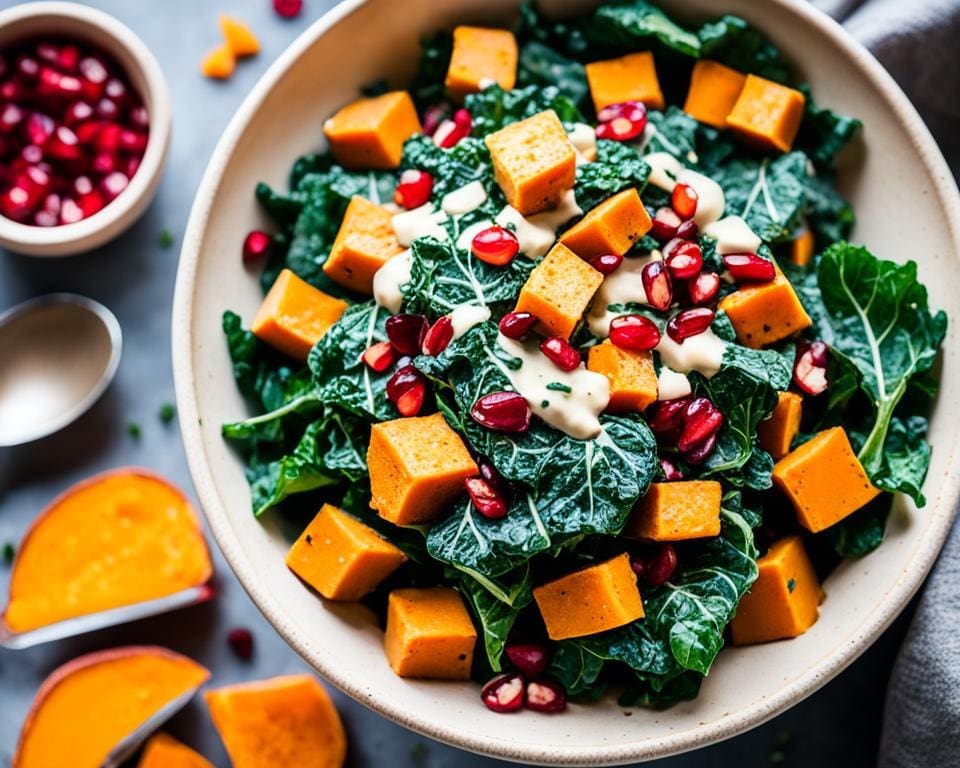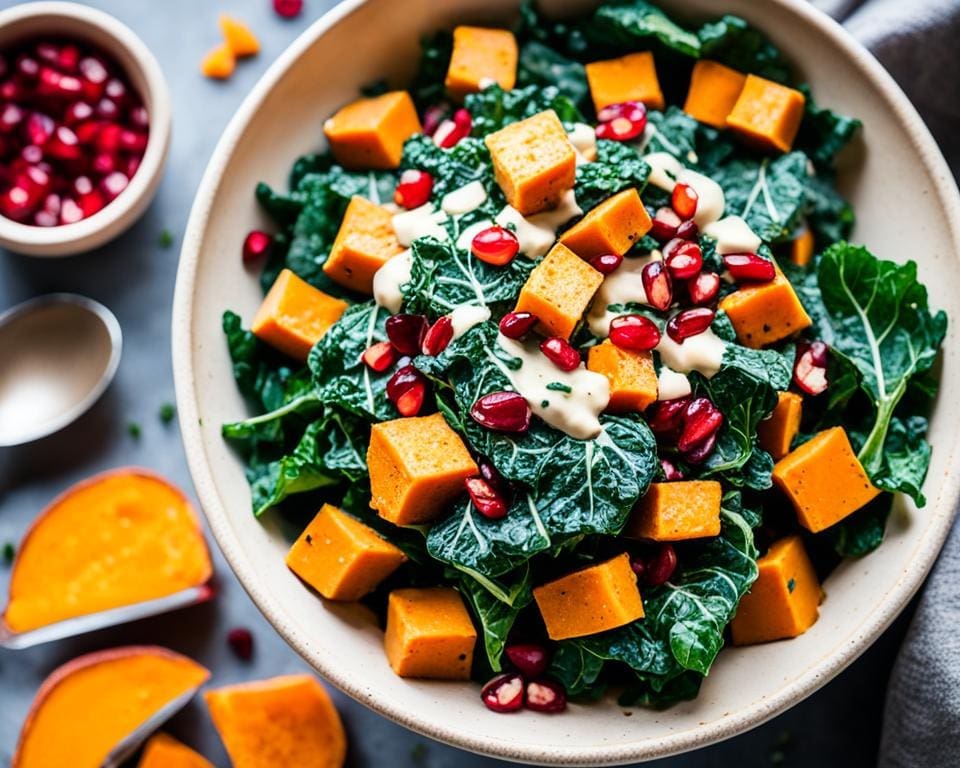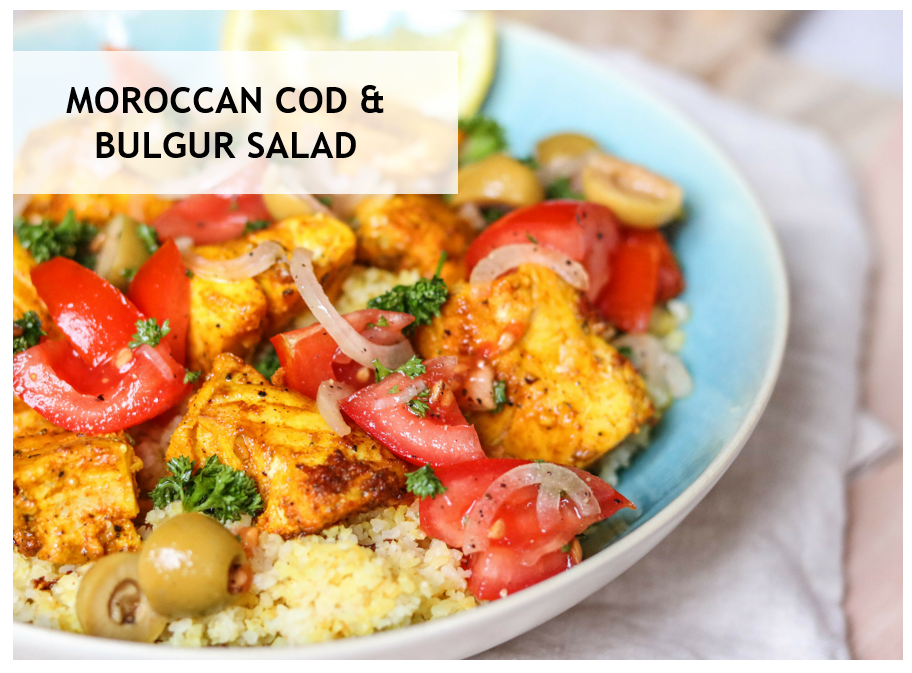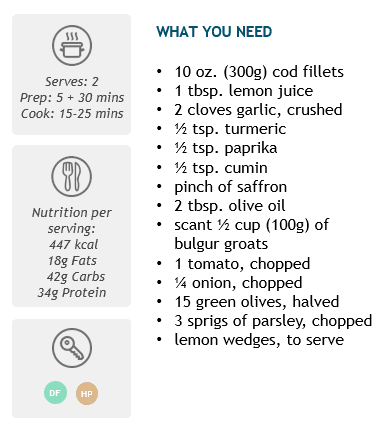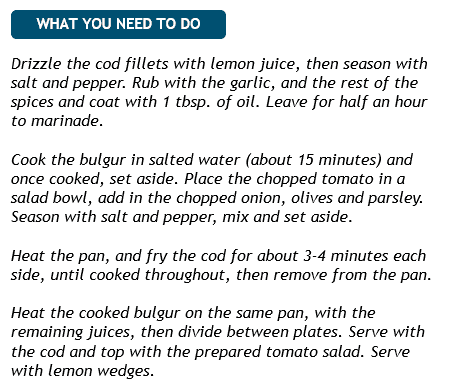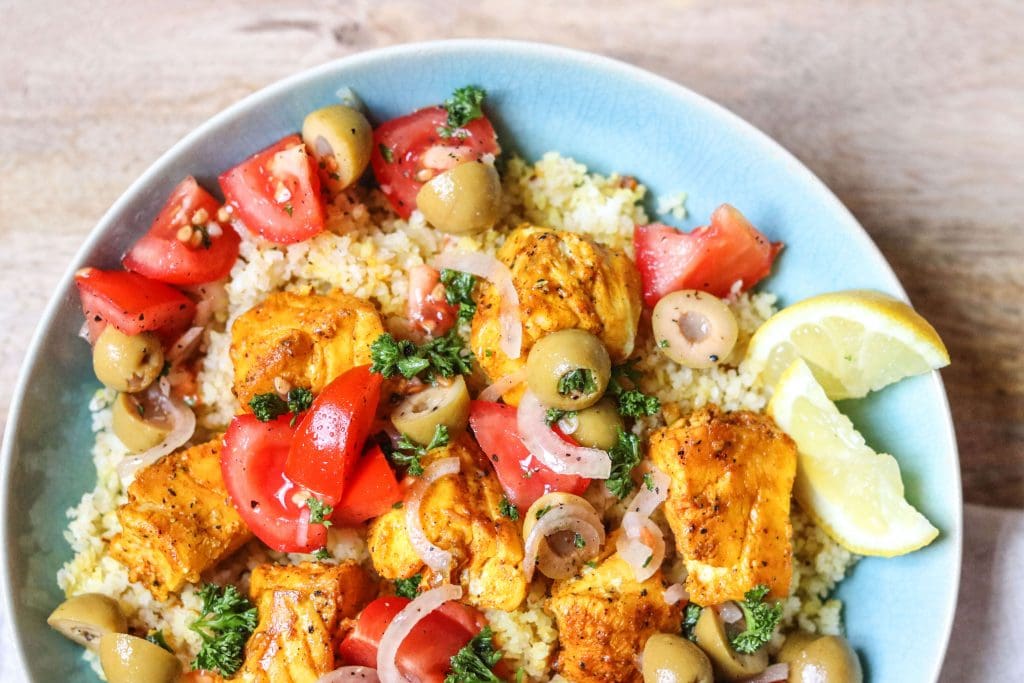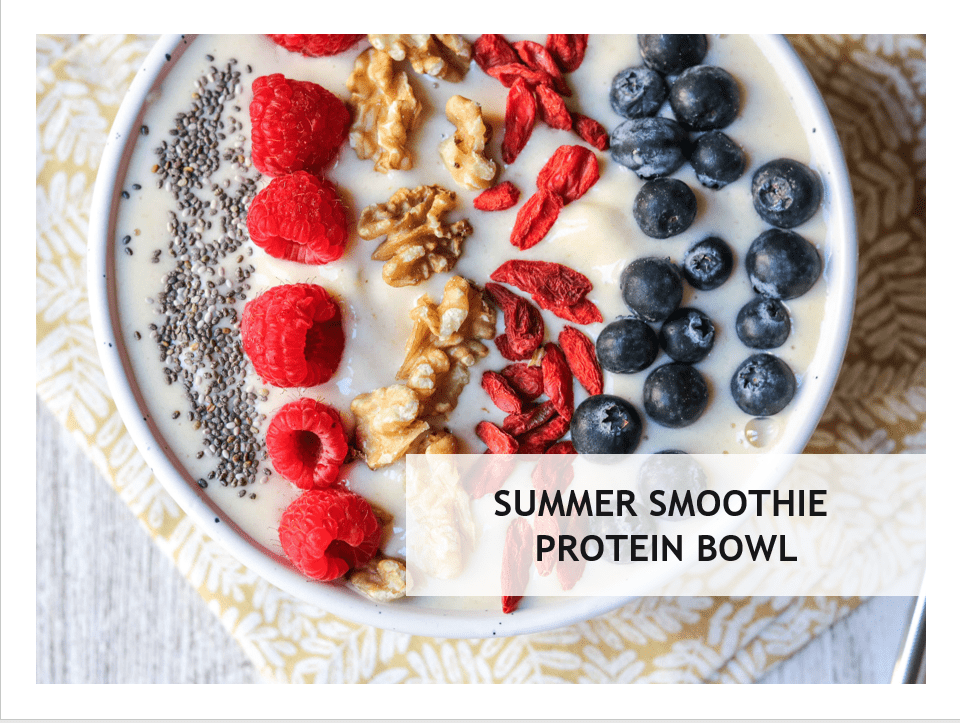Turkey and vegetable meatballs with marinara sauce recipe
This turkey and vegetable meatballs recipe is light and full of flavor.
The meatballs are made with lean turkey, pecorino Romano cheese, garlic, and onions. They also have fresh basil for a wonderful smell, while pan-frying adds a lovely golden texture.
Try them over pasta, in a sandwich, or with a salad for a tasty, healthy dinner.

Ingredients:
• 1 large egg
• ¼ cup finely chopped fresh basil (plus more for serving)
• Heaping ½ teaspoon salt
• ¼ teaspoon freshly ground black pepper
• ½ teaspoon dried oregano
• 2 cloves garlic, minced
• 2 tablespoons water
• 3 tablespoons minced yellow onion
• 1⅓ pounds 93% lean ground turkey
• ⅔ cup dried Italian style bread crumbs
• ⅓ cup freshly grated pecorino Romano cheese (plus more for serving)
• Your choice of vegetables (e.g., broccoli, kale, carrots), finely chopped
• Olive oil for pan-frying
• Marinara sauce (homemade or good quality jarred)
Instructions:
1. In a medium bowl, combine the egg, basil, salt, pepper, oregano, garlic, and water.
2. Add the onion, turkey, bread crumbs, cheese, and your choice of finely chopped vegetables.
3. Mix with your hands until the mixture is uniform.
4. Form the mixture into balls just slightly larger than golf balls.
5. In a large nonstick skillet, heat the olive oil over medium heat until shimmering.
6. Add the meatballs in a single layer and brown on all sides, about 7 to 8 minutes total.
7. Pour the marinara sauce over the meatballs and bring to a boil.
8. Reduce the heat to low, cover tightly with a lid, and simmer until the meatballs are cooked through, about 15 minutes.
9. Sprinkle with more basil and cheese, if desired, and servehttps://www.onceuponachef.com/recipes/turkey-meatballs-in-marinara-sauce.htmlhttps://savorylotus.com/loaded-veggie-turkey-meatballs/.
Nutritional Information (per serving):
• Calories: 347
• Fat: 18g
• Saturated Fat: 5g
• Carbohydrates: 19g
• Sugar: 7g
• Fiber: 3g
• Protein: 27g
Serving Suggestions:
• Serve the meatballs over spaghetti or polenta for a classic dish.
• Enjoy them beside a roasted vegetable or on top of a salad for a lighter meal.
• Stuff the meatballs into a hoagie roll for a hearty meatball sandwich.
• Pair with zucchini noodles or white basmati rice for a gluten-free option.
• For a quick meal, make a meatball soup by simmering the meatballs in bone broth with your favorite veggies.

